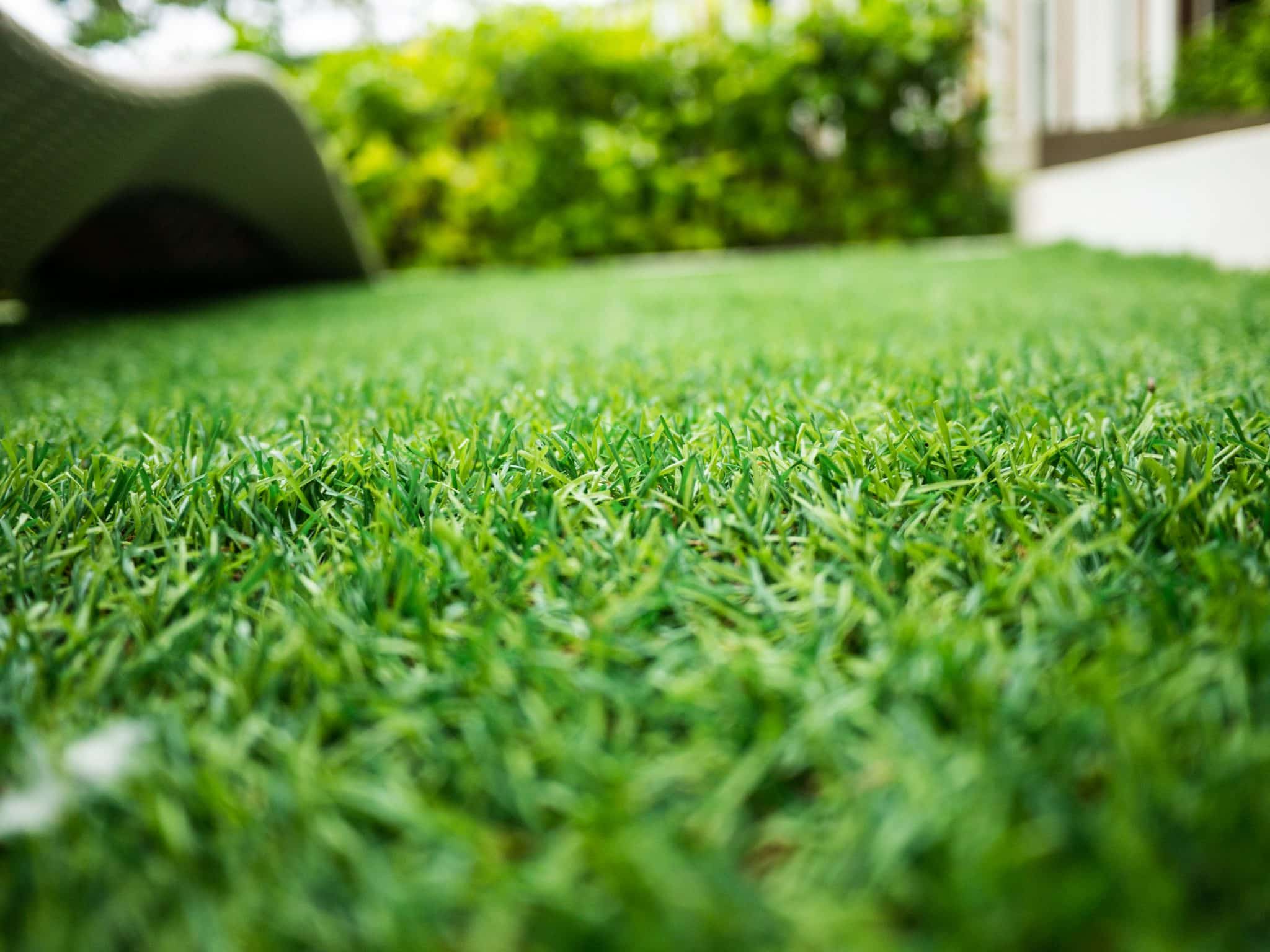Why You Should Replace Your Artificial Grass Infill Material In La Jolla?

- Over time, infill material can become compacted due to foot traffic, weather conditions, and natural settling. Compaction leads to a loss of resilience, meaning the grass fibers no longer stand upright as they should. If you notice areas where the grass looks flat or matted despite attempts to fluff it up, it could be a sign that the infill material has become compacted and needs replacement.
- Proper drainage is essential for artificial grass to prevent waterlogging and the growth of mold or mildew. If you start to notice standing water on your artificial lawn after rain or irrigation, it could indicate a problem with the infill material. Additionally, foul odors emanating from the grass, especially after rain or pet use, suggest that the infill material is no longer effectively absorbing and neutralizing odors, signaling the need for replacement.
- One of the advantages of artificial grass is that it deters weed growth. However, if you begin to see weeds poking through the surface or infiltrating the edges of your artificial lawn, it could indicate a breakdown in the infill material’s barrier function. Weeds can not only detract from the appearance of your lawn but also cause structural damage over time if left unchecked, necessitating prompt replacement of the infill material.
- As artificial grass ages and undergoes wear and tear, it’s common for some infill material to migrate or be displaced from the intended areas. However, if you notice a significant loss of infill material, leaving patches of exposed backing or uneven distribution across the lawn, it’s a clear indication that the infill material needs replenishment. Without adequate infill, the artificial grass may lose its stability, leading to uneven surfaces and potential tripping hazards.
- Artificial grass can absorb and retain heat, especially in warmer climates or areas with intense sunlight exposure. While some degree of heat retention is normal, excessive heat buildup can make the grass surface uncomfortably hot and even cause damage to the underlying materials. If you find that your artificial lawn becomes unbearably hot to the touch, despite similar weather conditions to when it was installed, it may be time to consider replacing the infill material with a type that offers better heat dissipation properties.
FAQs
How Often Should I Replace The Infill Material In My Artificial Grass?
The frequency of infill replacement depends on various factors such as usage, climate, and the type of infill material used. Generally, infill should be replenished every 3-5 years to maintain optimal performance.
Can I Replace The Infill Material Myself, Or Do I Need Professional Assistance?
While some homeowners may choose to replace infill material themselves, it’s often advisable to seek professional assistance, especially for larger areas or if there are underlying issues such as drainage problems or compaction.
What Are The Different Types Of Infill Material Available, And How Do I Choose The Right One For My Artificial Grass?
Common infill materials include silica sand, rubber granules, and organic infills like cork or coconut fibers. The choice depends on factors such as desired level of cushioning, drainage requirements, and personal preferences regarding environmental impact and heat retention. Consulting with a reputable artificial grass supplier or installer can help you determine the best option for your specific needs.
Conclusion
Regular inspection and maintenance of your artificial grass infill material are essential for preserving the aesthetics, functionality, and longevity of your synthetic lawn. By staying vigilant for signs of wear and addressing them promptly, you can ensure that your artificial grass continues to enhance your outdoor space for years to come. For more information, contact Artificial Grass La Jolla at (858) 779-0088.